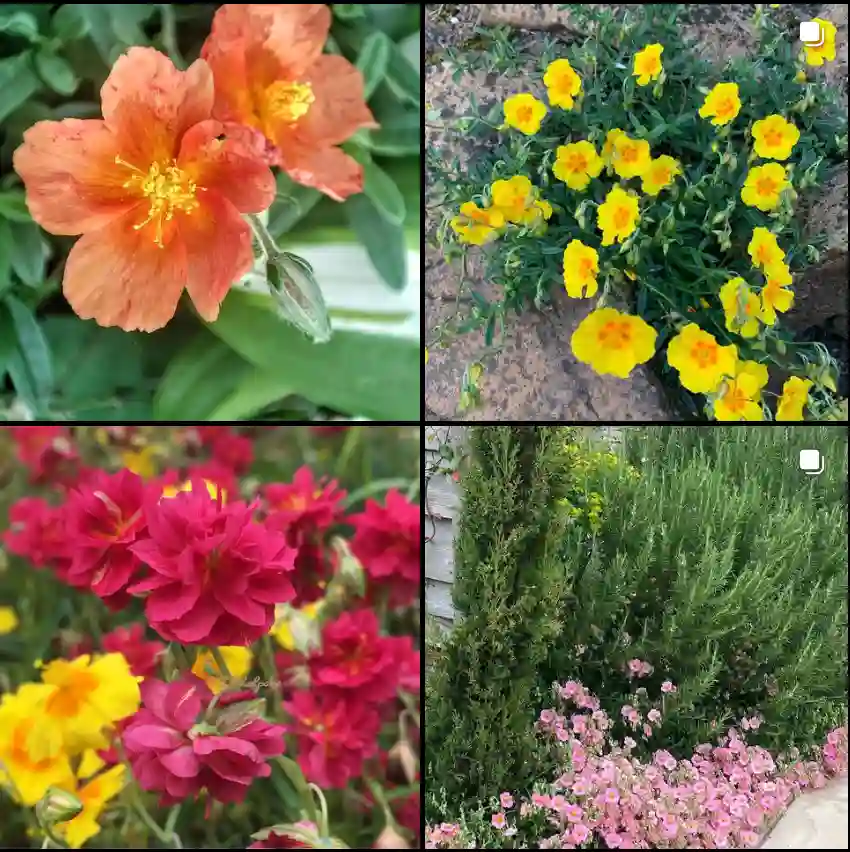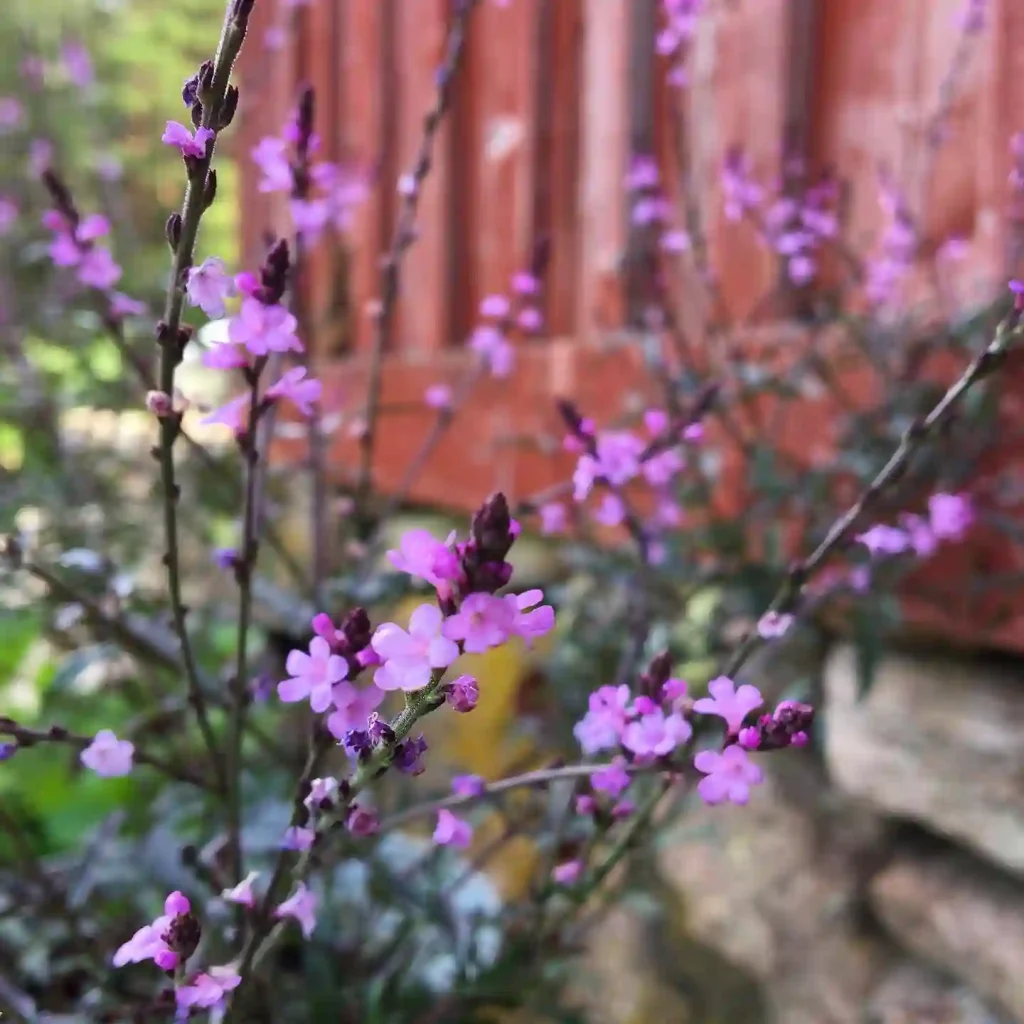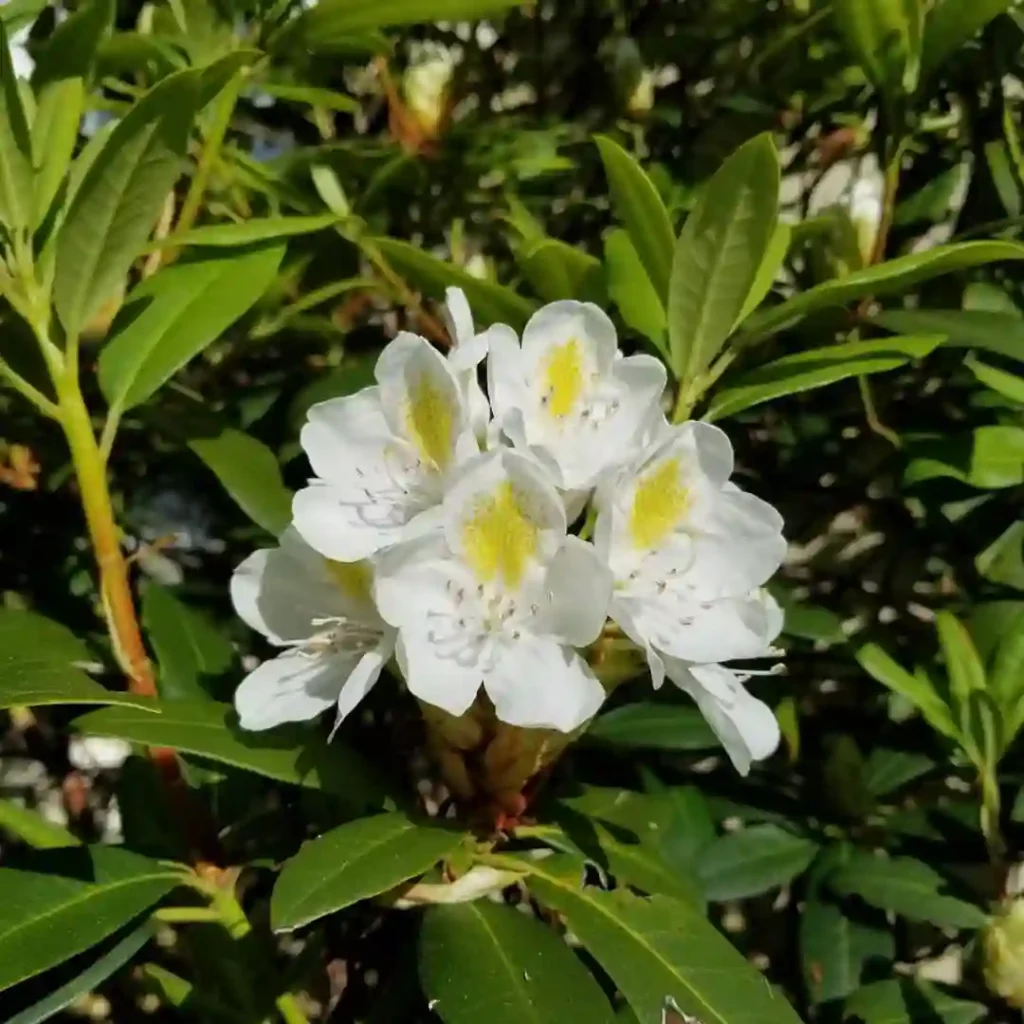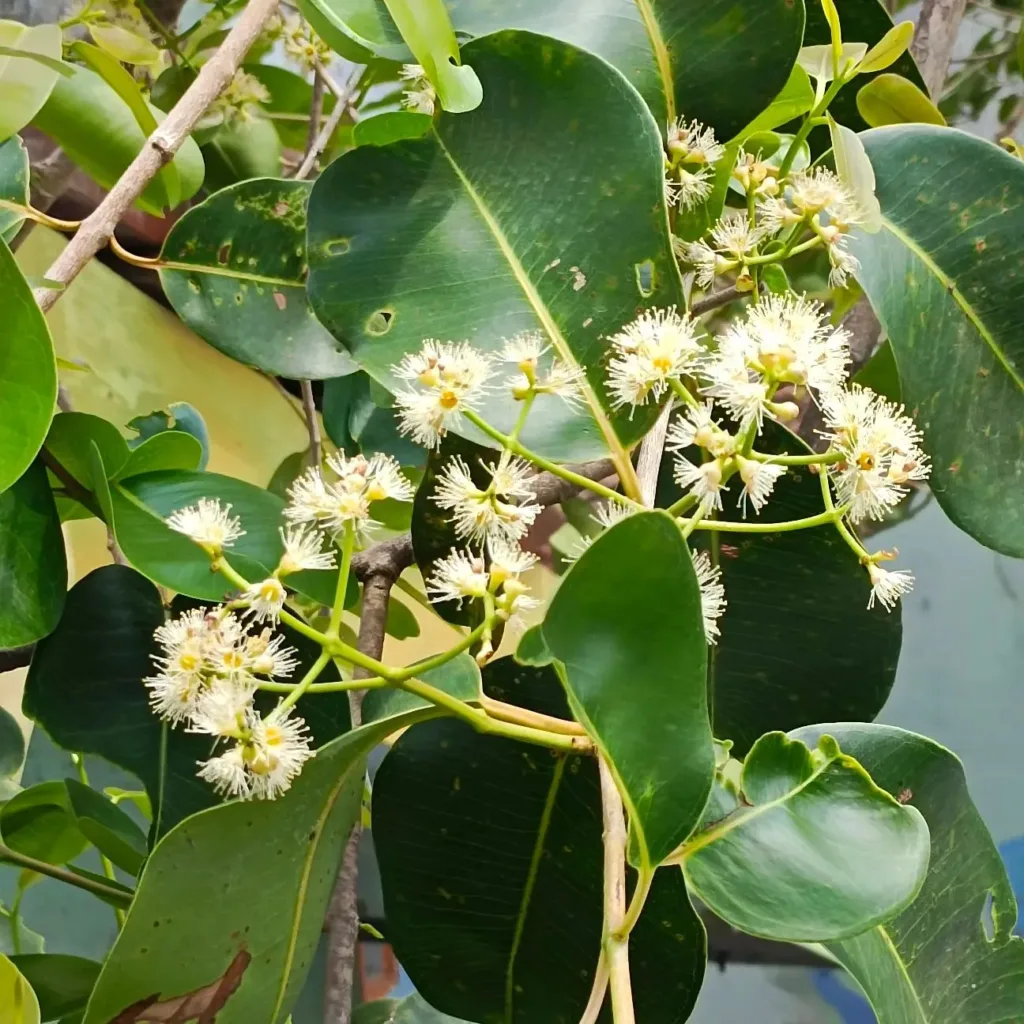Frequently Asked Questions About Huernia Plowesii
When I first came across Huernia Plowesii, I was immediately captivated by its unique appearance. If you’re also intrigued by this fascinating plant, you might have a lot of questions about how to care for it and what makes it stand out. Here’s a comprehensive guide based on my personal experience with Huernia Plowesii, answering the most common questions people ask about it.
78 Species in Genus Huernia
What is Huernia Plowesii?
Huernia Plowesii is a succulent native to South Africa. It belongs to the Apocynaceae family and is known for its striking, star-shaped flowers. These flowers have a fleshy texture and often come in shades of yellow, red, or brown. The plant itself is a low-growing, fleshy-stemmed succulent with a unique, somewhat alien appearance.
How to Care for Huernia Plowesii?
Caring for Huernia Plowesii is relatively straightforward once you understand its needs:
- Light: This plant thrives in bright, indirect light. While it can handle some direct sunlight, too much can scorch its delicate stems.
- Watering: Like most succulents, Huernia Plowesii prefers a dry environment. Water it thoroughly when the soil is completely dry. Be cautious not to overwater, as this can lead to root rot.
- Soil: Use a well-draining cactus or succulent mix. Good drainage is crucial to prevent water from sitting around the roots.
- Temperature: It enjoys warm temperatures and does well in a range between 65°F and 85°F. Protect it from frost and cold drafts.
- Fertilizing: Feed it with a diluted cactus fertilizer during the growing season, usually from spring through summer. Reduce feeding in fall and winter.
How to Propagate Huernia Plowesii?
Propagation of Huernia Plowesii is a rewarding process and can be done through stem cuttings:
- Cutting: Take a healthy stem cutting, ideally 3-4 inches long. Let the cutting dry out for a day or two to form a callus.
- Planting: Plant the calloused end in a well-draining soil mix. Water sparingly until new growth appears.
- Environment: Place the cutting in a bright, warm spot but out of direct sunlight until it establishes roots.
What to Plant with Huernia Plowesii?
Huernia Plowesii pairs well with other succulents and cacti that have similar care requirements. Consider planting it alongside:
- Echeveria: Their rosette shape contrasts nicely with Huernia Plowesii’s star-shaped flowers.
- Sedum: Another low-growing succulent that complements its appearance.
- Aloe Vera: Adds a bit of height and has similar care needs.
Benefits of Growing Huernia Plowesii
Huernia Plowesii is not just a visual treat but also offers some practical benefits:
- Low Maintenance: Its care requirements are minimal, making it a perfect choice for busy individuals or beginners.
- Unique Appearance: Its unusual flowers and stems can add an exotic touch to your plant collection.
- Air Purification: Like many succulents, it can help improve indoor air quality by filtering out toxins.
Is Huernia Plowesii Toxic?
Huernia Plowesii is not considered toxic to humans or pets. However, it’s always best to keep plants out of reach of small children and animals to avoid any potential mishaps.
Common Problems with Huernia Plowesii
Despite its resilience, Huernia Plowesii can encounter a few issues:
- Overwatering: This is the most common problem, leading to root rot. Ensure the soil is dry before watering.
- Pests: Watch out for mealybugs and spider mites, which can affect its health. Treat infestations promptly with insecticidal soap or neem oil.
How Does Huernia Plowesii Compare with Other Similar Plants?
Huernia Plowesii is often confused with other Huernia species or similar succulents like:
- Huernia Zebrina: Also known for its star-shaped flowers but with distinct zebra-like stripes.
- Stapelia: Another plant with star-shaped flowers but generally larger and with a different texture.
In summary, Huernia Plowesii is a remarkable plant that adds character to any collection. With the right care and attention, it can thrive and bring a unique touch to your home. If you’re considering adding it to your collection, I hope this guide helps you feel more confident in your decision.
If i die, water my plants!



